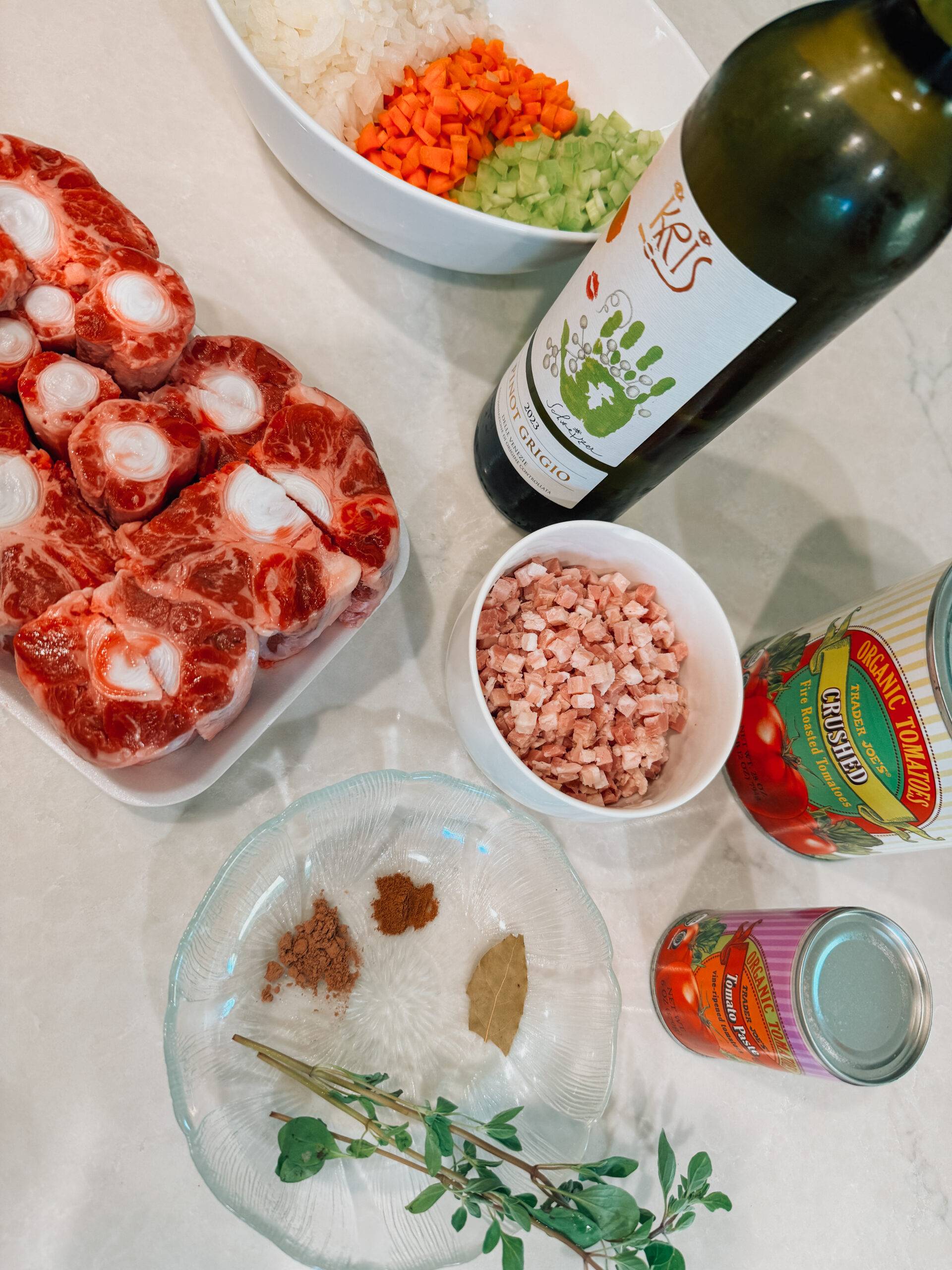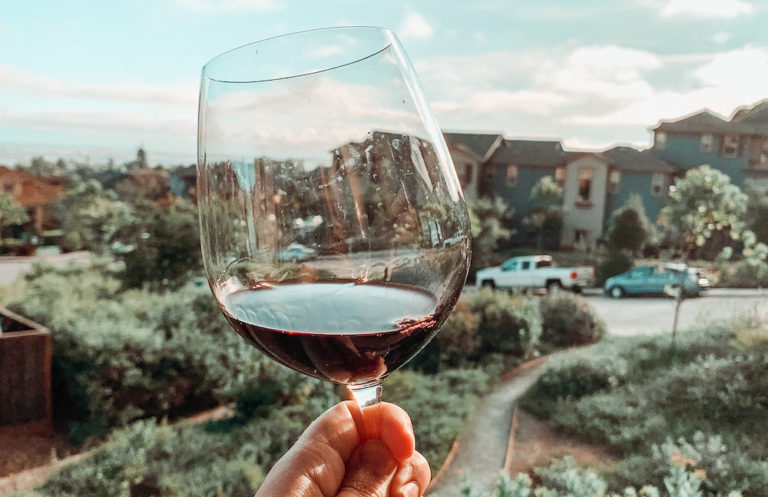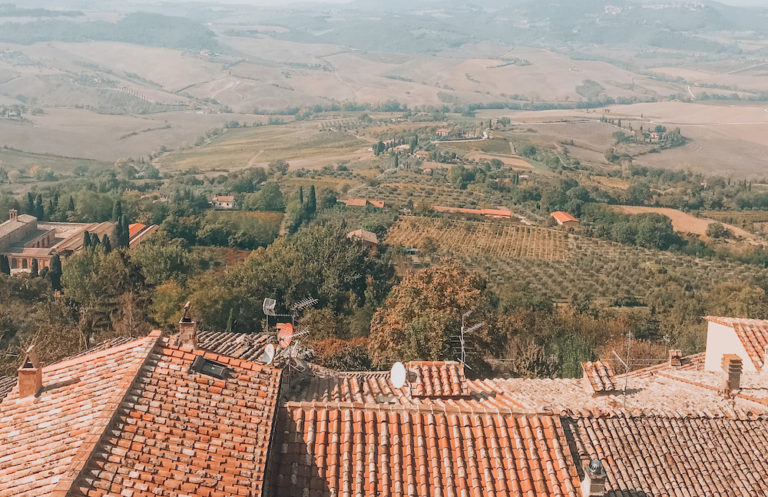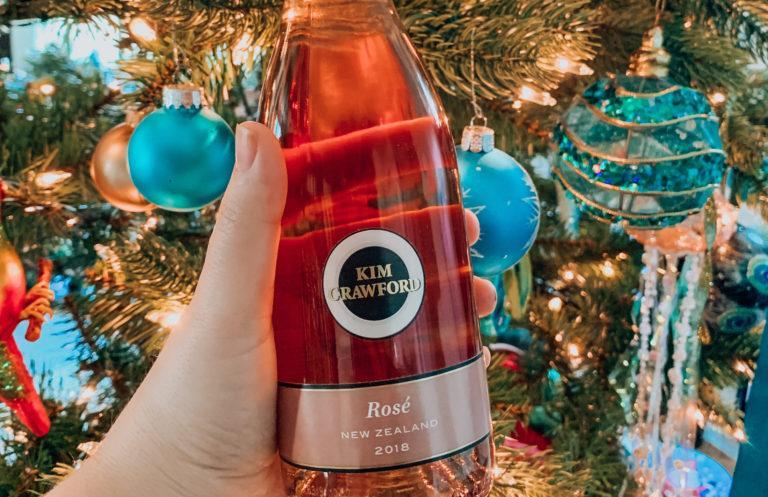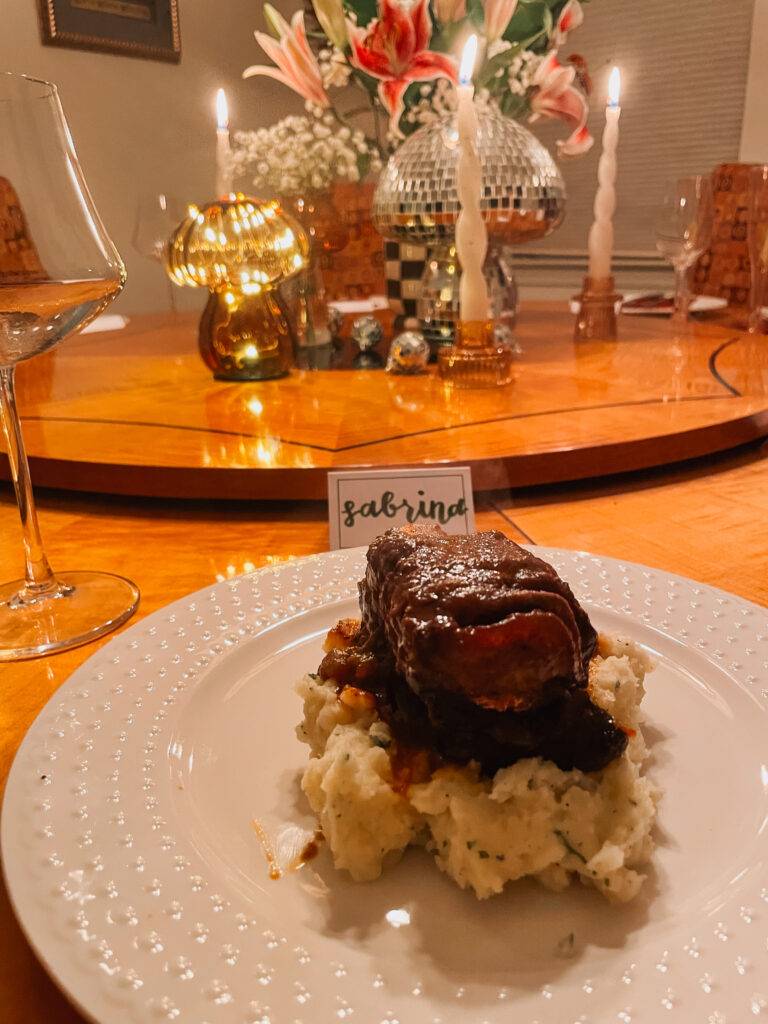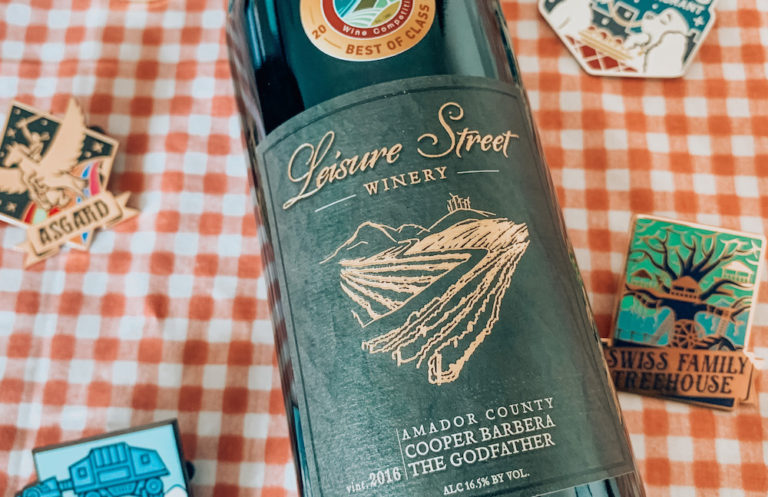I’ve always said that wine needs to become more approachable, and one of the best ways to do that is by incorporating it into recipes to enhance flavors. Cooking with wine adds depth, complexity, and that “je ne sais quoi” to dishes, making them feel restaurant-worthy. But before you get too excited and start pouring Cabernet into everything, there are a few things you should know.
Cook With Wines You Love to Drink
This is my number one rule, and if nothing else sticks, this should be the key takeaway.
It might seem like common sense, but let’s break it down. Imagine you’re making a recipe that calls for olives, but you dislike olives. If they aren’t a crucial ingredient, you’d probably leave them out, right? I apply the same logic to cooking with wine. Why add something to your recipe that tastes unpleasant to you?
If you wouldn’t enjoy drinking the wine, don’t cook with it. Whether it’s a light white or a bold red, the flavors of the wine will concentrate as the dish cooks, meaning any unpleasant notes will only become more pronounced. On the flip side, cooking with a wine you love can really elevate the dish. Plus, one of the simplest ways to pair wine with food is to serve the same wine you used in the recipe.
The good news is, you don’t need to spend a fortune to find a great wine for cooking. I often grab affordable bottles from Trader Joe’s, where you can find hidden gems under $10. These wines are perfect for both sipping and cooking, without breaking the bank.
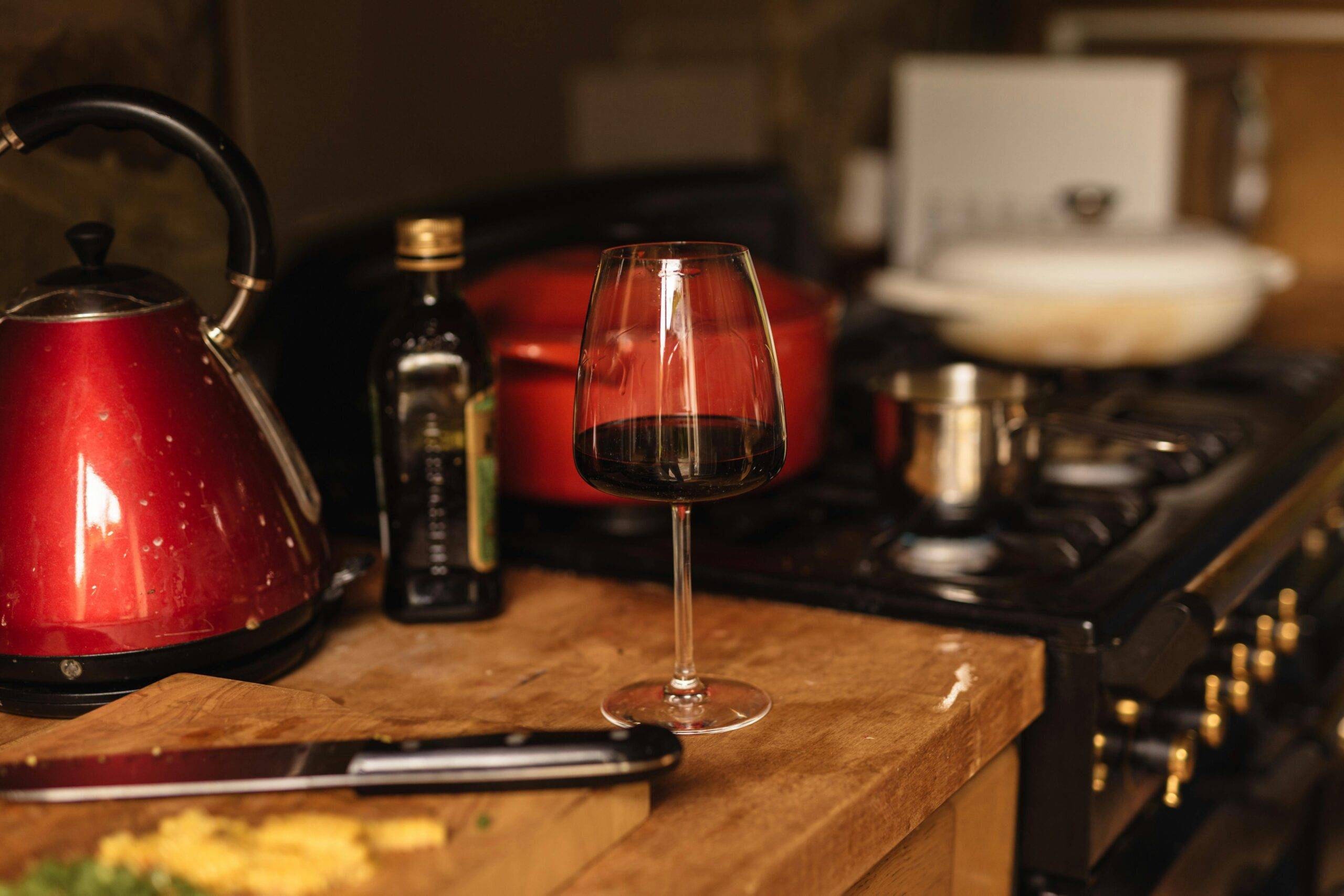
Avoid “Cooking Wines”: Here’s Why
This rule goes hand in hand with cooking with wine you’d enjoy drinking. If you’ve ever wandered down the aisle of your grocery store and spotted bottles labeled “cooking wine,” you might be tempted to grab one. But trust me, steer clear.
Cooking wine is typically low-quality and loaded with salt or sugar, which is meant to extend its shelf life. Unfortunately, these additives can throw off the balance of your dish, leaving it overly salty or sickly sweet. Not to mention, it lacks the depth and complexity that real wine brings to food. In short, cooking wines won’t do your recipe any favors. Stick with a decent table wine instead—you’ll thank me later.
Myth Buster: Not All Alcohol Burns Off While Cooking
Here’s something many people don’t realize: not all the alcohol evaporates when cooking with wine. It’s a common myth that cooking completely eliminates the alcohol, but in reality, it depends on the cooking method and time.
When you simmer or boil a dish with wine, some alcohol does evaporate, but not all of it. Depending on how long you cook it, anywhere from 5% to 25% of the alcohol can remain. For example, a quick deglaze with wine in a pan might only burn off 10-15% of the alcohol, while a slow-cooked braise could burn off much more. However, even if a small amount of alcohol remains, it’s usually unnoticeable in the final dish.
So, while you might not get a buzz from your wine-infused stew, it’s worth keeping in mind if you’re cooking for someone who is sensitive to alcohol.
Raise a Glass to Flavorful Cooking
Cooking with wine is a fun and delicious way to elevate your meals. By sticking to wines you enjoy drinking, avoiding cooking wines, and being mindful of alcohol retention, you can confidently experiment in the kitchen. Whether you’re deglazing a pan for a quick sauce or slow-cooking a hearty stew, wine can bring out rich, layered flavors in your food. The next time you’re whipping up a meal, consider adding a splash (or two) of your favorite wine—you might be surprised by the results!


